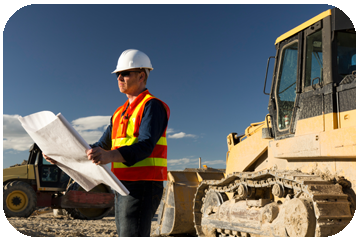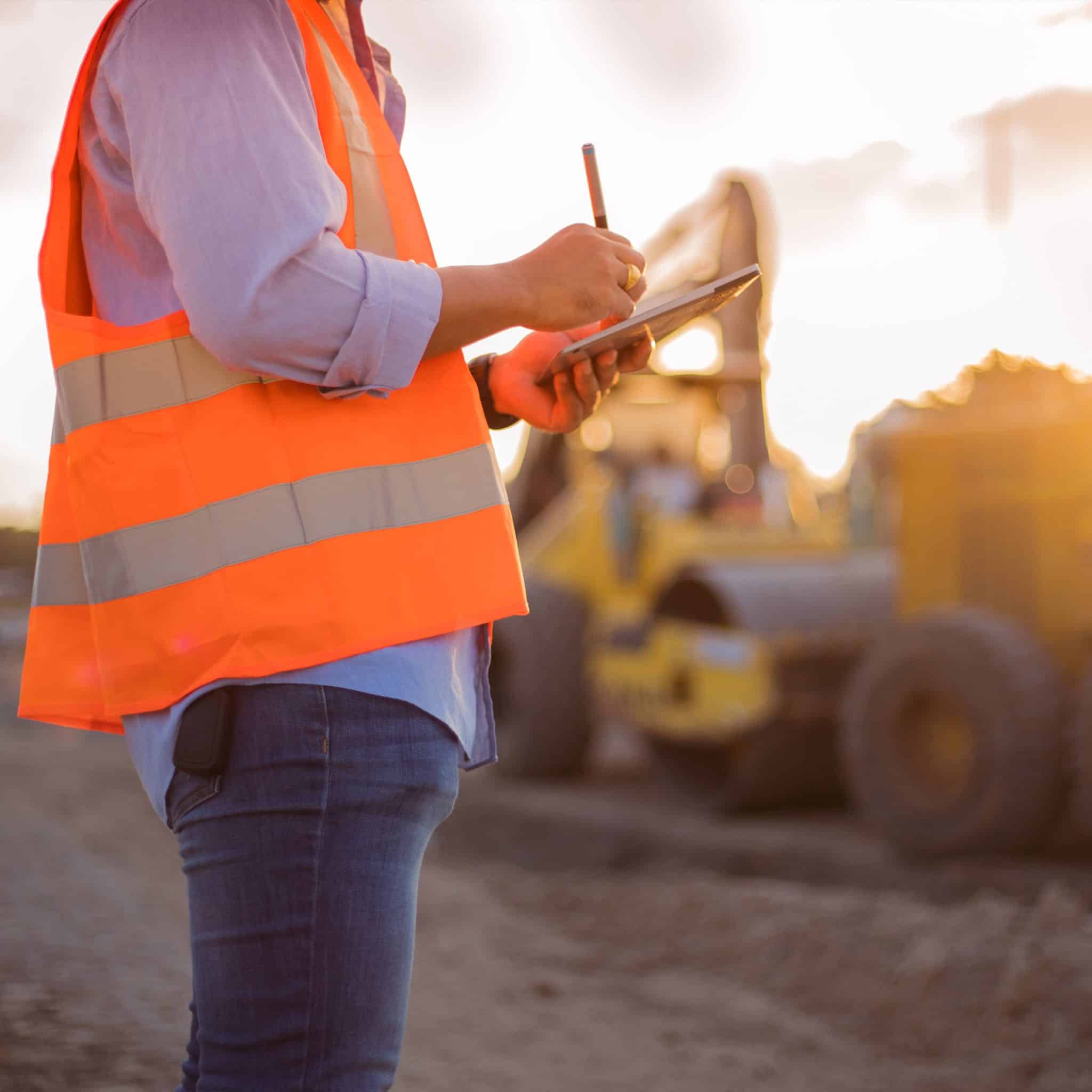Why Working With a Geo Tech Engineer is Essential for Complex Building Projects
Why Working With a Geo Tech Engineer is Essential for Complex Building Projects
Blog Article
The Interdisciplinary Approaches in the Geotechnical Market: Connecting the Space Between Design, Geology, and Environmental Scientific Research for Optimal Task Results
The combination of design, geology, and ecological scientific research within the geotechnical market is not merely beneficial; it is imperative for accomplishing optimum job end results. This interdisciplinary cooperation cultivates a detailed understanding of facility site conditions, enabling for ingenious services to emerge. By taking a look at essential functions and successful study, we can uncover the vibrant interplay that drives project success. Obstacles stay in successfully handling these multidisciplinary efforts, raising inquiries about future fads and potential improvements. What techniques might emerge to promote this vital collaboration and improve the efficiency of geotechnical techniques?
Significance of Interdisciplinary Collaboration
The relevance of interdisciplinary collaboration in the geotechnical industry can not be overemphasized. Reliable geotechnical jobs require the combination of diverse know-how from various fields, including engineering, geology, and environmental science. This partnership ensures that all aspects of a task are considered, resulting in extensive solutions that deal with complex challenges.
When working in seclusion,Interdisciplinary cooperation cultivates technology by allowing specialists to share insights and methodologies that might not be obvious. By leveraging the strengths of several disciplines, groups can determine potential dangers, maximize layout procedures, and enhance the sustainability of geotechnical tasks. In addition, such cooperation advertises a holistic understanding of site-specific conditions, which is crucial for accurate evaluation and decision-making.
The intricacy of geotechnical jobs requires a worked with technique to problem-solving. When designers, geologists, and ecological researchers work with each other, they can create a natural method that aligns technical demands with ecological factors to consider and governing conformity. This harmony not just enhances task outcomes yet likewise adds to the lasting strength of facilities. Ultimately, interdisciplinary cooperation is important for advancing ideal methods and accomplishing excellence in the geotechnical sector.
Trick Duties of Each Discipline
Partnership among numerous disciplines is not simply beneficial; it is important for the successful implementation of geotechnical projects. Each discipline-- engineering, geology, and ecological scientific research-- plays an unique yet interconnected duty that contributes to predict efficiency and sustainability.
Geotechnical engineers are primarily accountable for designing foundations and guaranteeing architectural honesty. They evaluate soil and rock properties to analyze load-bearing abilities, giving essential information for risk-free construction techniques. Their competence enables the formula of innovative remedies to intricate difficulties.

Ecological scientists evaluate the prospective influences of building and construction on ecosystems and water sources. They carry out environmental evaluations and create reduction techniques to reduce negative impacts. By integrating ecological considerations, they make certain conformity with regulations and promote sustainability throughout the job lifecycle.
Study of Effective Combination
Successful integration of geotechnical techniques can be exhibited via various study that highlight the effectiveness of team effort in attending to complex design obstacles. One remarkable example is check my site the building of the Hong Kong-- Zhuhai-- Macau Bridge, where a collaborative strategy including geotechnical engineering, geology, and environmental scientific research was crucial. Rock hounds and engineers functioned in unison to examine the seabed conditions and optimize the foundation design, making certain security and reducing ecological effect.
Another impactful situation is the improvement of incline security in the San Francisco Bay Area, where an interdisciplinary group incorporated geotechnical analysis with ecological evaluations. By incorporating geological surveys and hydrological studies, the team successfully recognized potential landslide risks and applied effective reduction measures, improving safety and sustainability.
In addition, the redevelopment of Brownfield websites usually requires a multidisciplinary method. In one situation in Chicago, partnership among geotechnical engineers, environmental researchers, and city organizers resulted in the successful removal of polluted dirt, allowing for the safe change of the website into a community park. These situation researches illustrate that interdisciplinary collaboration not only addresses technical difficulties however also fosters cutting-edge services that profit both jobs and neighborhoods.
Obstacles in Multidisciplinary Projects

Furthermore, coordinating schedules and operations amongst numerous groups can be bothersome, particularly when each technique has special project turning points and deliverables. This misalignment can cause hold-ups and increased expenses. The difficulty of resource appropriation likewise impends large; making certain that specialized competence is readily available at important times calls for cautious preparation and foresight.
Lastly, governing compliance presents an additional significant difficulty. Each self-control might deal check my source with various regulative structures, and lining up these needs to satisfy task purposes can be complicated and time-consuming. Resolving these obstacles necessitates solid management and efficient interaction approaches to promote cooperation and ensure that multidisciplinary teams function cohesively towards shared objectives.
Future Trends in Geotechnical Practices
As the geotechnical market develops, emerging fads are reshaping methods to attend to the difficulties dealt with in multidisciplinary projects - geotechnical engineers. One substantial pattern is the increased assimilation of innovative technologies, such as expert system and artificial intelligence, right into geotechnical analysis and design. These technologies enhance anticipating modeling and risk assessment, making it possible for designers to make more educated decisions throughout the task lifecycle

Furthermore, the fostering of electronic doubles and real-time tracking systems is coming to be more widespread. These devices facilitate continuous evaluation of dirt problems and architectural performance, enabling prompt treatments when concerns occur.
Conclusion
To conclude, the combination of engineering, geology, and environmental scientific research is vital for attaining optimum results in the geotechnical industry. Interdisciplinary partnership promotes technology, improves analytical capabilities, and aligns technical demands with environmental sustainability. Successful study show the benefits of this technique, while recognizing the difficulties faced in multidisciplinary projects. Looking in advance, accepting these joint practices will certainly be vital for browsing future patterns and progressing the field of geotechnical design.
The integration of engineering, geology, and environmental scientific research within the geotechnical sector is not merely useful; it is critical for achieving ideal task end results. Efficient geotechnical projects need the assimilation of diverse know-how from different areas, consisting of engineering, geology, and ecological scientific research.Navigating the intricacies of multidisciplinary projects in the geotechnical market offers a number of substantial challenges.As the geotechnical a knockout post industry evolves, arising trends are reshaping techniques to resolve the obstacles dealt with in multidisciplinary tasks. Geotechnical designers are increasingly collaborating with ecological scientists to make sure that tasks line up with sustainability objectives and comply with regulative requirements.
Report this page